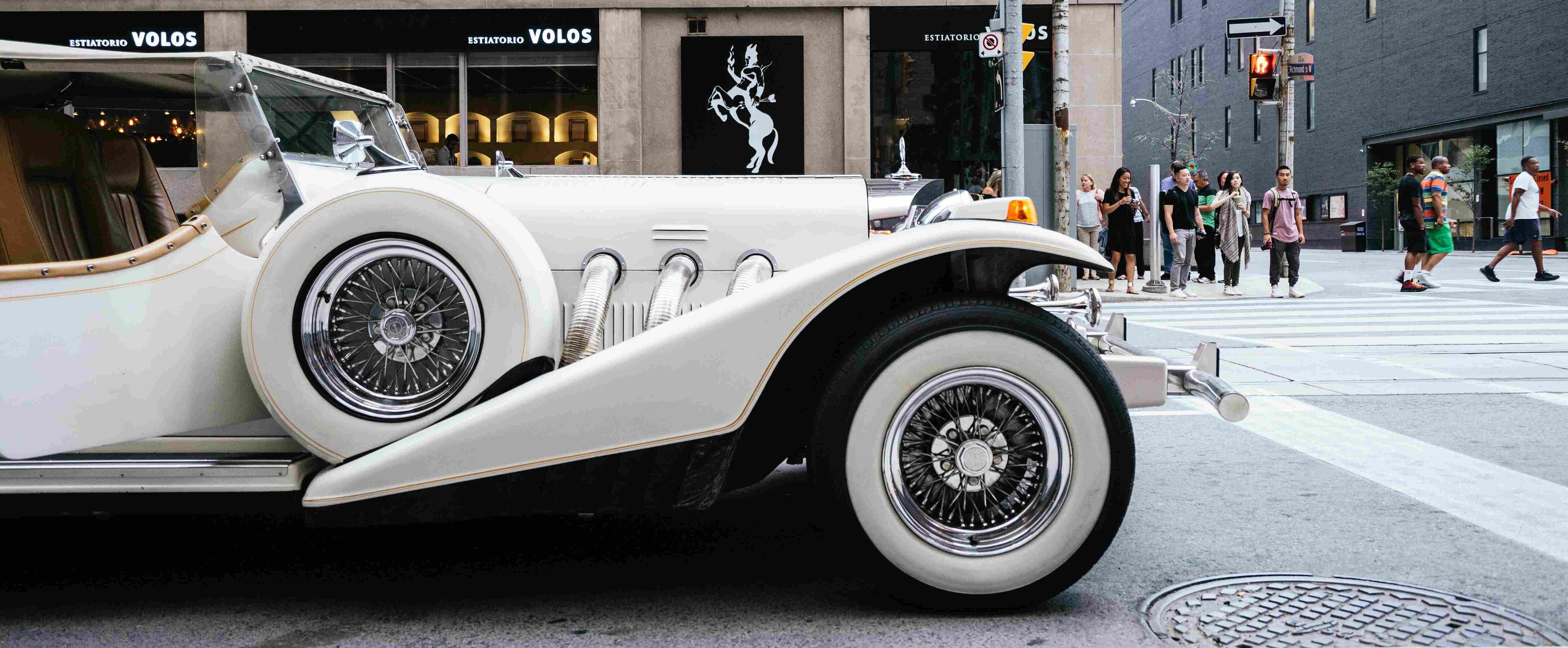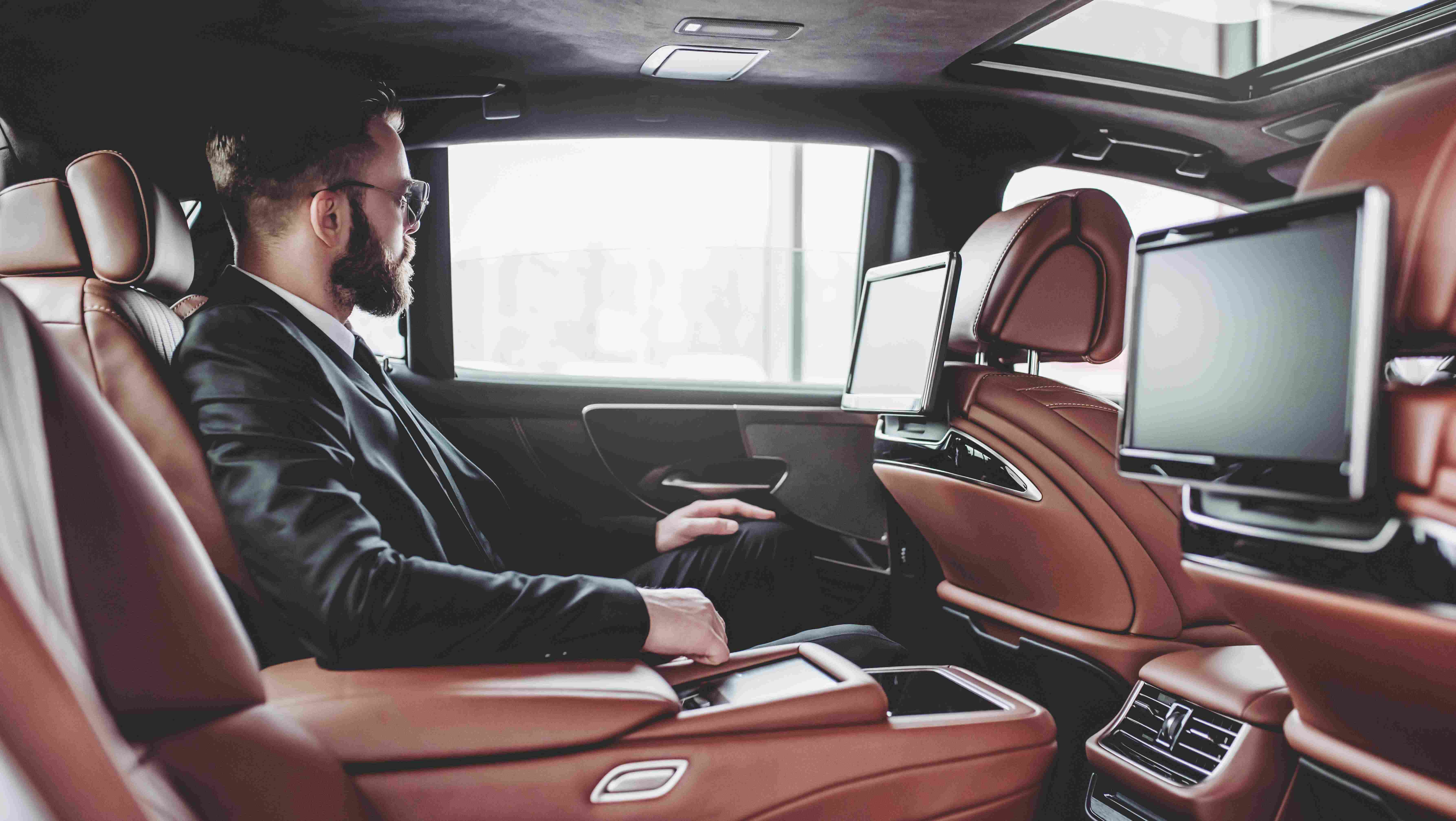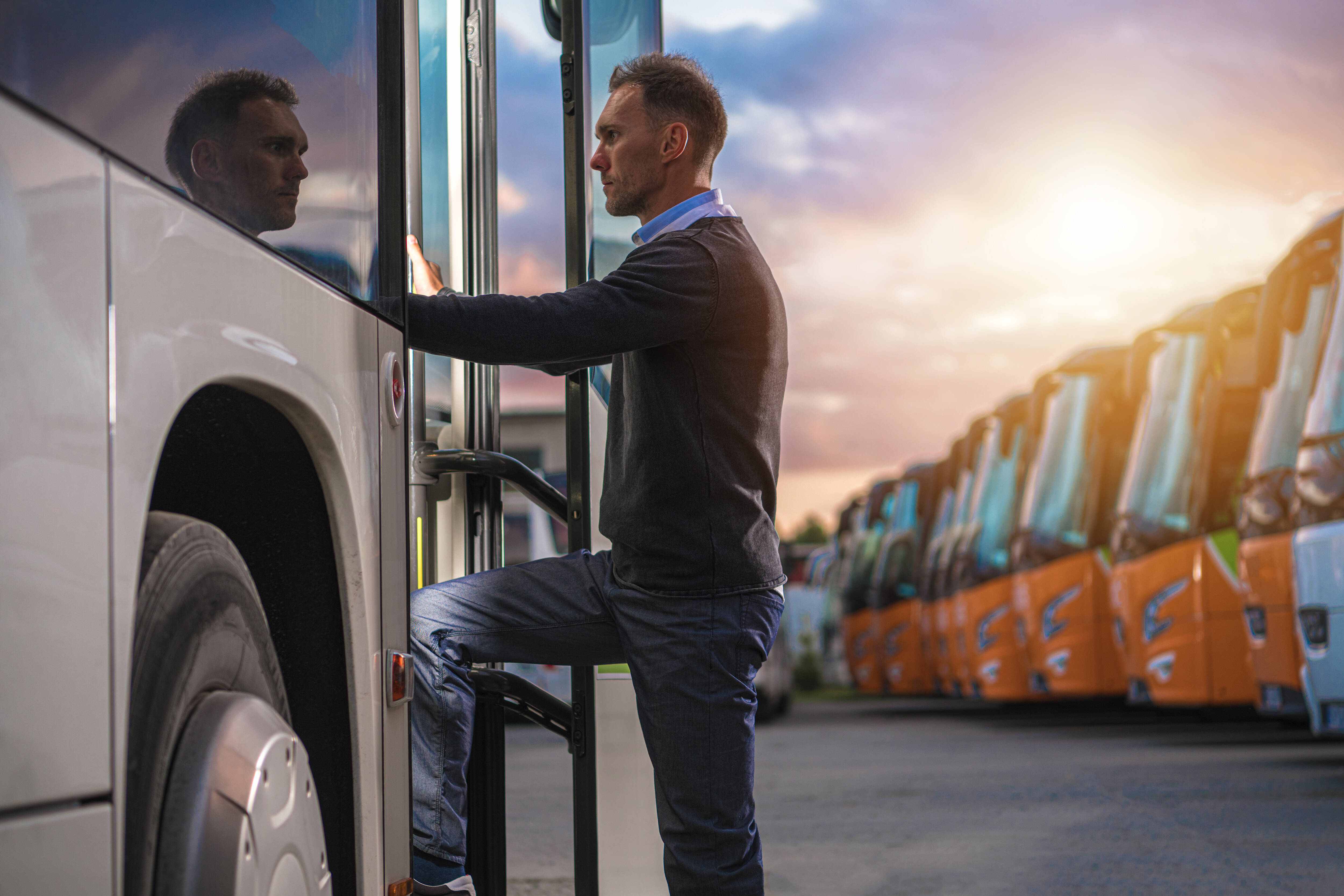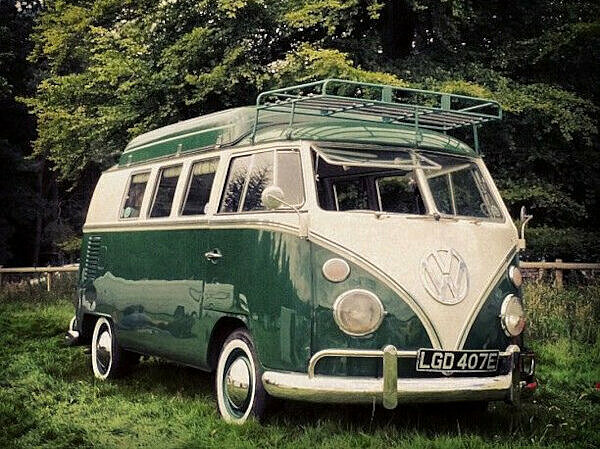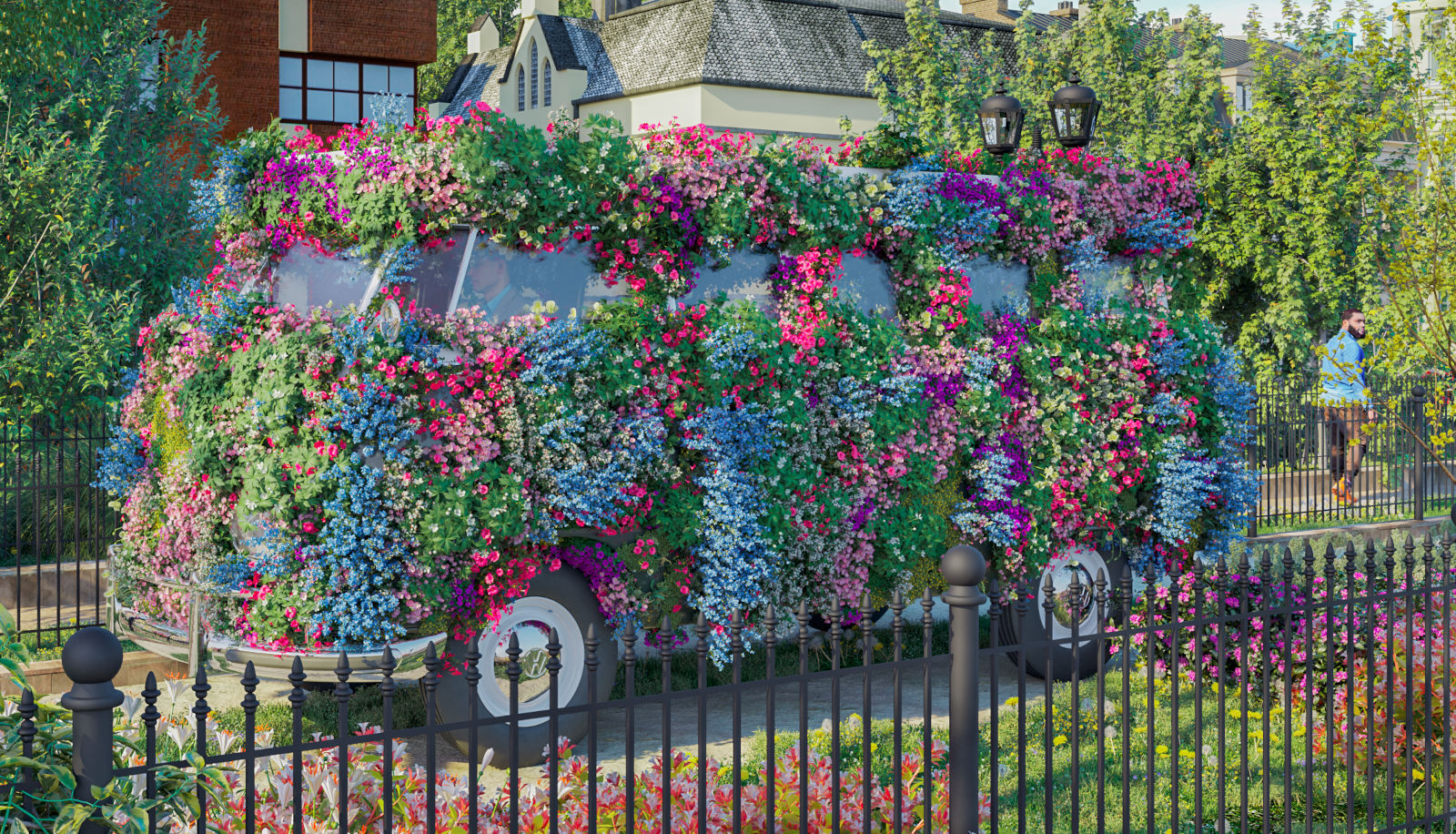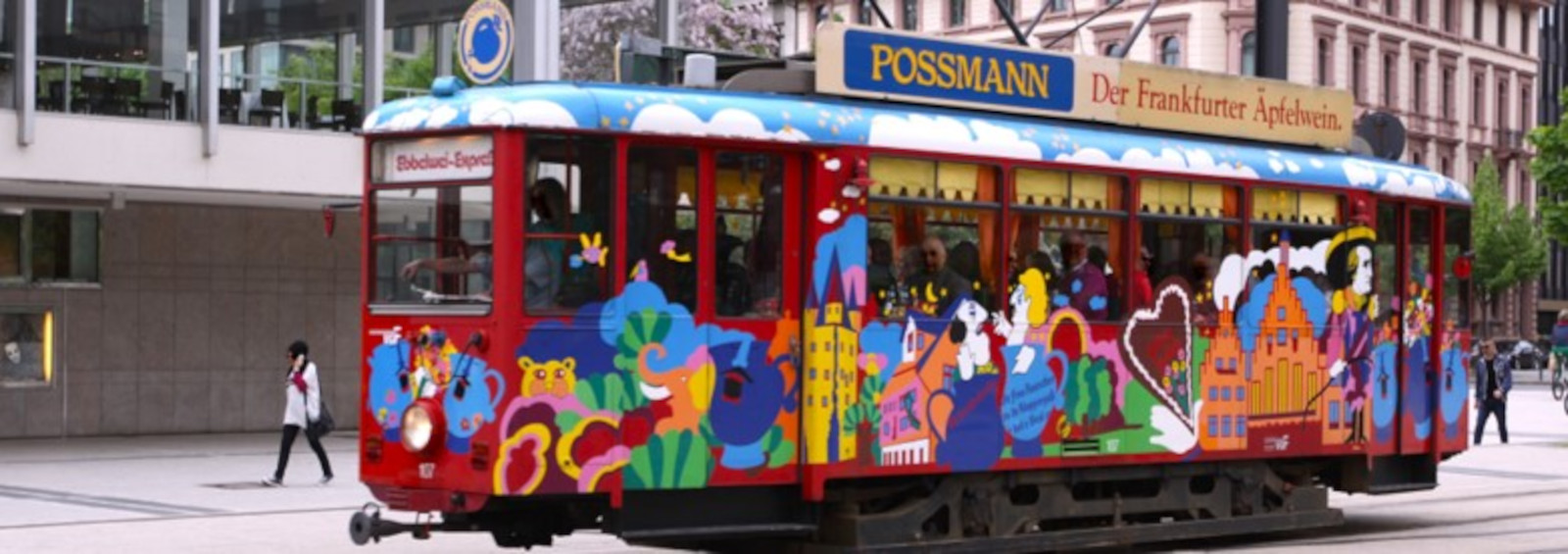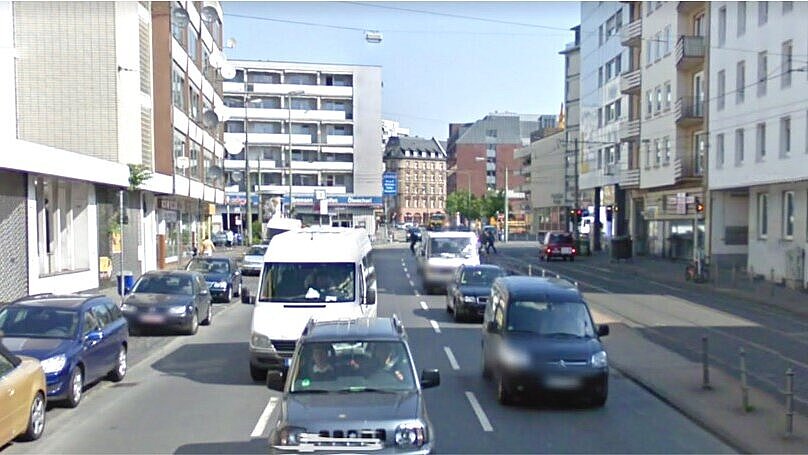Content: The bridge transport system offers many advantages, both for passengers and for residents
It is more pleasant to travel on the bridges using local transport services than to drive your own car: waiting and travel times are significantly reduced.
For individual needs, cars can be summoned via app similar to Uber. This makes it possible to offer adapted vehicles with high priority, especially for people with mobility restrictions.
Like all offers on the bridges, transportation is provided at affordable prices.
Since the hydrogen and battery-powered vehicles are particularly quiet, bridge traffic is also extremely pleasant for residents to the right and left of the bridge.
